Robin Has Arrived And The Celebrations Get Into High Gear
Robin worked with us for more than 20 years every day so she has a very very special place in our lives.

Sue Wants To Go On Space Mountain
Did you know? - Space Mountain is a steel roller coaster attraction in Tomorrowland at Disneyland in Anaheim, California. After the success of the Magic Kingdom's Space Mountain, the Imagineers made plans to build another on the United States West Coast. The ride opened on May 27, 1977, ten years after the original plans were made, and after Walt Disney's death. Originally, Space Mountain did not have a Synchronized On-Board Audio Track (SOBAT), but after the completion and success of Space Mountain at Disneyland Paris, a soundtrack arranged by Dick Dale was added to the ride in 1996.
Space Mountain was closed suddenly on April 10, 2003 for a complete refurbishment, including replacing the entire roller coaster track. The ride reopened July 15, 2005, just two days before the park's fiftieth anniversary

Did you know? - Space Mountain opened in 1977, invigorating a decade-old Tomorrowland as Disneyland's second roller coaster. The idea for Anaheim's ride originated in the mid 1960s, during Walt Disney's lifetime, as a way to energize the aging Tomorrowland. The project was shelved until the success of Space Mountain in Florida. After two years of construction, the $20 million complex opened May 27 including the roller coaster, 1,100-seat Space Stage, 670-seat Space Place (fast food restaurant) and Starcade.
Six of the original seven Mercury astronauts attended Space Mountain's opening — Scott Carpenter, Gordon Cooper, Sen. John Glenn, Wally Schirra, Alan Shepard, and Deke Slayton. The lone exception was Gus Grissom, who had died along with two other astronauts in a tragic launchpad fire ten years earlier. Largely due in part to the opening of Space Mountain, the Memorial Day day attendance record was set, with 185,500 guests over the three-day period.



Screams came in from all over


It look scarey
Did you know? - Vehicle capacity 12
Cars per vehicle 2
Guests per car 6
Ride duration 2:45 minutes
Length 3035 ft (925.1 m)
Total height 128 ft (39 m)
Track height 75 ft (22.9 m)
Maximum speed 32 mph (51.5 km/h)


We were moving!!!
It's A Small World



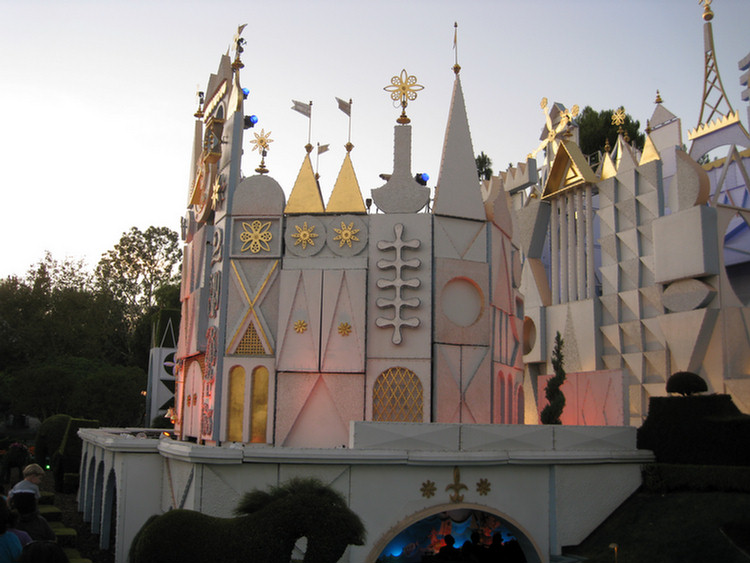
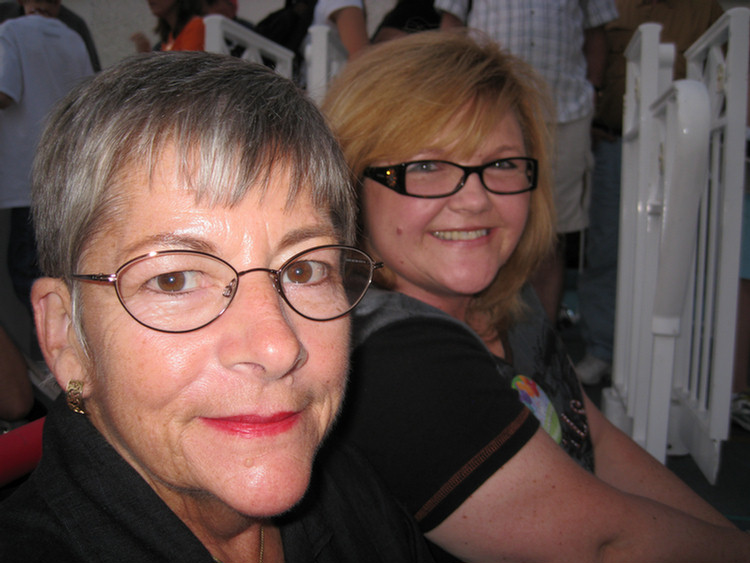

Bib freightens easily
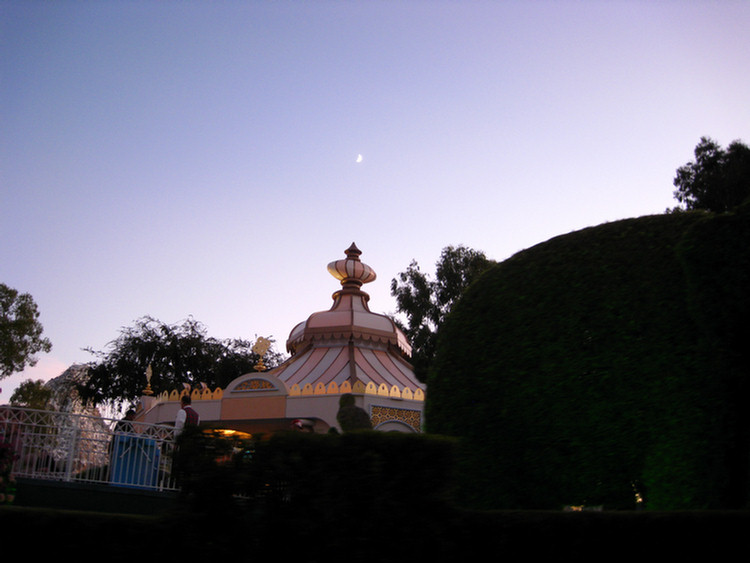

Off To Catal For Dinner


The greatest place to eat!!!

More
celebration

Picture of a picture being taken

Nick jumped into the picture


The compressed salad


Very happy and healthy 12th
Fireworks
Did you know? - Elaborate fireworks shows synchronized with Disney songs and often an appearance by the Peter Pan character Tinker Bell. Since 2000, presentations have become more elaborate, featuring new pyrotechnics, launch techniques and story lines. In 2004, Disneyland introduced a new air launch pyrotechnics system, reducing ground level smoke and noise and decreasing negative environmental impacts. At the time the technology debuted, Disney announced it would donate the patents to a non-profit organization for use throughout the industry.



Sue met some nw friends














Nick Wanted To Visit The Old Cartoons

Did you know? - Steamboat Willie (1928) is an animated cartoon released on November 18, 1928. It was the Third Mickey Mouse cartoon, behind Plane Crazy (Released two months earlier) and The Gallopin' Gaucho (Made earlier, but released after). It was the first Disney cartoon to feature synchronized sound. Disney used Pat Powers' Cinephone system, created by Powers using Lee De Forest's Phonofilm system without giving De Forest any credit. Steamboat Willie premiered at New York's 79th Street Theatre, and played ahead of the independent film Gang War. Steamboat Willie was an immediate hit while Gang War is all but forgotten today.
The cartoon was written and directed by Walt Disney and Ub Iwerks. The title is a parody of the Buster Keaton film Steamboat Bill Jr. Music for Steamboat Willie was put together by Wilfred Jackson, one of Disney's animators — not, as sometimes reported, by Carl Stalling — and comprises popular melodies including "Steamboat Bill" and "Turkey in the Straw".
It is noted in the history books as the first animated short feature film with a completely post-produced soundtrack of music, dialogue, and sound effects, although other cartoons with synchronized soundtracks had been exhibited before, notably by Max Fleischer's series Song Car-Tunes made in DeForest Phonofilm starting in May 1924, including My Old Kentucky Home (1926), and Paul Terry's Dinner Time (released September 1, 1928).
The film has been the center of a variety of controversies regarding copyright. The copyright of the film has been repeatedly extended by acts of the United States Congress. However, recent evidence suggests that the film may be in the public domain due to technicalities related to the original copyright notice.


Heading For Home
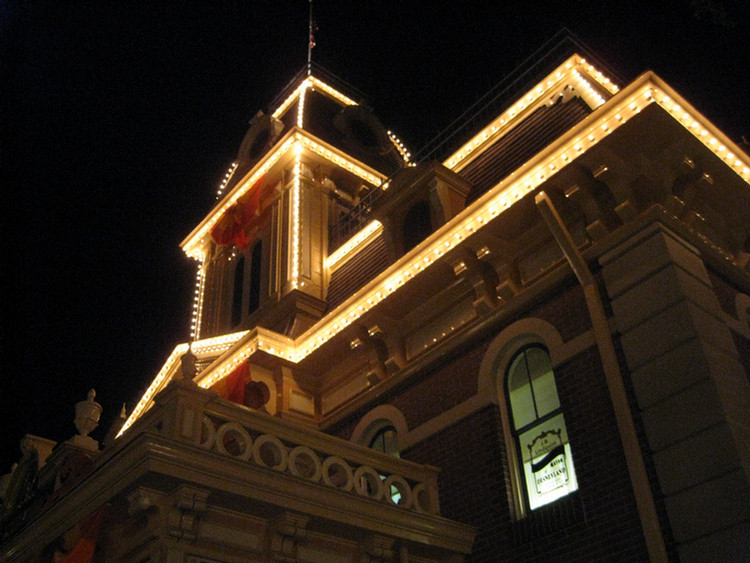
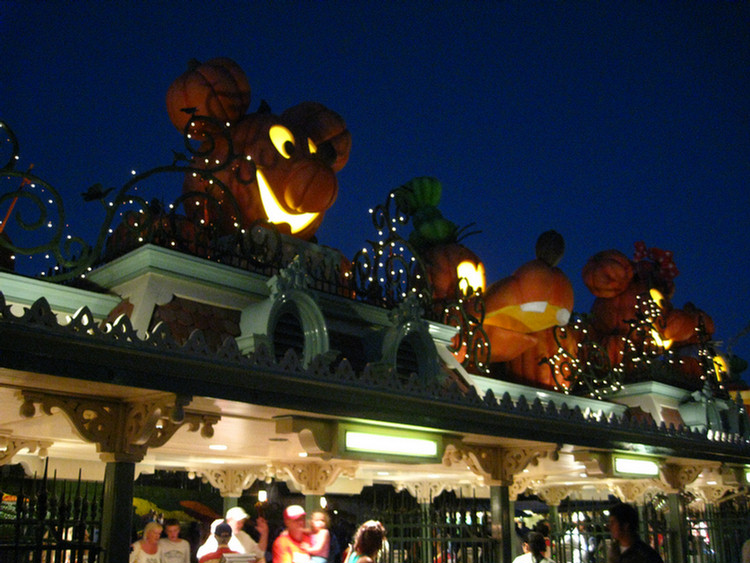

They were guarding the house...